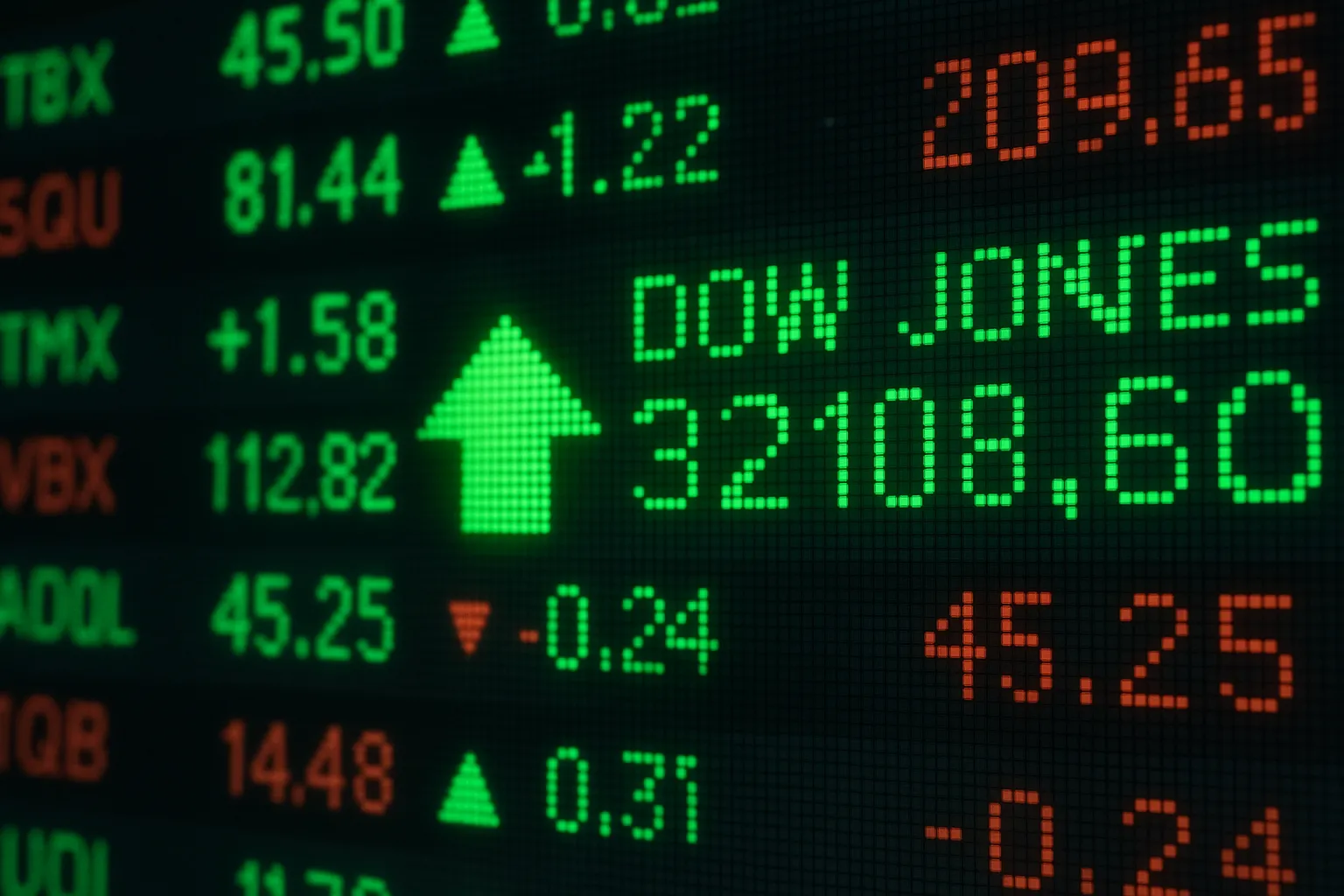Fed Cuts Rates as Dow Jones Gains 297 Points

The Federal Reserve cut interest rates by 25 basis points Wednesday, lifting the Dow Jones Industrial Average nearly 300 points as markets celebrated the first rate reduction of 2025.
The central bank lowered its benchmark federal funds rate to a range of 4% to 4.25%, marking its first cut since December 2024. The decision came as policymakers prioritized concerns over a slowing labor market despite elevated inflation.
Market Response Mixed After Rate Decision
At 11:50 a.m. ET, the Dow Jones Industrial Average rose 297.03 points, or 0.65%, before settling back to close up approximately 0.96% or 437 points at 46,195.83. The S&P 500 gained modestly by 0.13%, while the Nasdaq Composite fell 0.22% as technology stocks faced pressure.
The mixed reaction reflected investor uncertainty about the pace of future cuts. The Fed signaled two additional quarter-point reductions could occur by year-end, with officials citing “downside risks to employment have risen”.
Labor Market Concerns Drive Policy Shift
Fed officials acknowledged that “job gains have slowed” and unemployment has “edged up,” though it “remains low”. Recent data showed job growth slumped to just 22,000 in August, while unemployment climbed to 4.3%.
Chairman Jerome Powell emphasized at his 2:30 p.m. press conference that the Fed is “squarely focused” on managing risks from both inflation and employment weakness. The decision breaks a nine-month pause in rate adjustments.
Political Tensions Surface in Voting
The rate cut passed with an 11-1 vote, with newly appointed Governor Stephen Miran casting the lone dissent. Miran, a Trump appointee who took his oath Tuesday, preferred a larger half-point reduction instead of the quarter-point cut.
The political dynamics highlight ongoing tensions as President Trump has pressured the Fed for more aggressive rate cuts while attempting to remove Governor Lisa Cook from her position.
Market Outlook Remains Uncertain
Treasury yields declined ahead of the announcement, with the 10-year yield dropping to 4.01%, near its lowest since April. Gold futures retreated slightly from record highs, while the dollar weakened on expectations of further easing.
Analysts expect the Fed’s dovish stance to support broader market gains, though much depends on incoming economic data and the central bank’s assessment of labor market conditions in coming months.
Categories
Autos and vehicles Beauty and fashion Business and finance Climate Entertainment Food and drink Games Health Hobbies and leisure Jobs and education Law and government Other Politics Science Shopping Sports Technology Travel and transportationRecent Posts
Tags
Archives
08/19/2025 (3) 08/20/2025 (40) 08/21/2025 (27) 08/22/2025 (22) 08/23/2025 (4) 08/24/2025 (21) 08/25/2025 (30) 08/26/2025 (24) 08/27/2025 (29) 08/28/2025 (16) 08/29/2025 (9) 08/30/2025 (13) 08/31/2025 (17) 09/01/2025 (167) 09/02/2025 (124) 09/03/2025 (149) 09/04/2025 (112) 09/05/2025 (72) 09/06/2025 (169) 09/07/2025 (162) 09/08/2025 (150) 09/09/2025 (176) 09/10/2025 (194) 09/11/2025 (194) 09/12/2025 (186) 09/13/2025 (207) 09/14/2025 (159) 09/15/2025 (175) 09/16/2025 (198) 09/17/2025 (196) 09/18/2025 (196) 09/19/2025 (207) 09/20/2025 (129) 09/21/2025 (4)